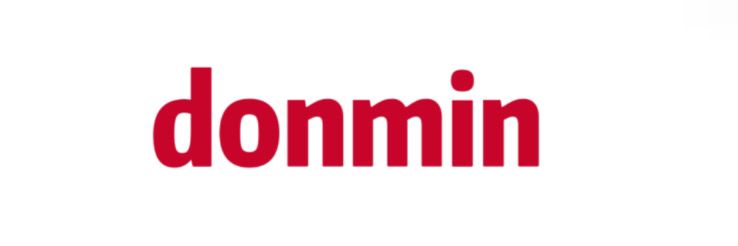How is OEM Oil and Gas Proppant Made?
OEM oil and gas proppant is an essential material used in hydraulic fracturing, a process that helps extract natural gas and oil from the earth. The production of proppant involves several key steps that ensure its effectiveness and quality. The first step in making OEM proppant is selecting the right raw materials. Typically, high-quality sand or ceramic materials are chosen due to their strength and ability to withstand high pressure. The materials are usually sourced from specific regions known for their geological formations, which contribute to the durability of the proppant. Once the raw materials are selected, they undergo a crushing process to achieve the desired particle size. The particles are then screened to ensure uniformity. Proper sizing is crucial because proppants with varying sizes can affect their ability to hold open fractures in the rock during extraction. After crushing and sizing, the proppant materials are washed to remove impurities such as clay, silt, and dust. This cleaning process enhances the proppant's performance. Once washed, the proppant is dried to eliminate any moisture, as excess water would hinder its effectiveness during the fracturing process. Some OEM proppants are coated with resin or other materials to improve their performance further. This coating can enhance the proppant's strength and prevent clumping, allowing for better flow and distribution in the hydraulic fracturing fluid. After production, the proppant undergoes strict quality control measures. Various tests are conducted to check its roundness, strength, and permeability. These tests ensure that the proppant meets industry standards and is suitable for use in hydraulic fracturing operations. Once the proppant passes quality control, it is packaged properly to ensure it remains intact during transportation. The packaging is designed to protect the proppant from moisture and environmental factors that could affect its quality. After packaging, the proppant is distributed to oil and gas companies for use in their drilling operations. In summary, the manufacturing process of OEM oil and gas proppant involves selecting high-quality raw materials, crushing and sizing them, washing and drying, optional coating, quality control, and finally packaging and distribution. This process ensures that the proppant is robust and effective in supporting hydraulic fracturing activities, ultimately aiding in the extraction of valuable natural resources.How is OEM Oil and Gas Proppant Made?
1. Raw Material Selection
2. Crushing and Sizing
3. Washing and Drying
4. Coating (Optional)
5. Quality Control
6. Packaging and Distribution
7. Conclusion
For more OEM oil and gas drilling proppant fabrication, frac sand proppant solution, sourcing frac proppant supplierinformation, please contact us. We will provide professional answers.

